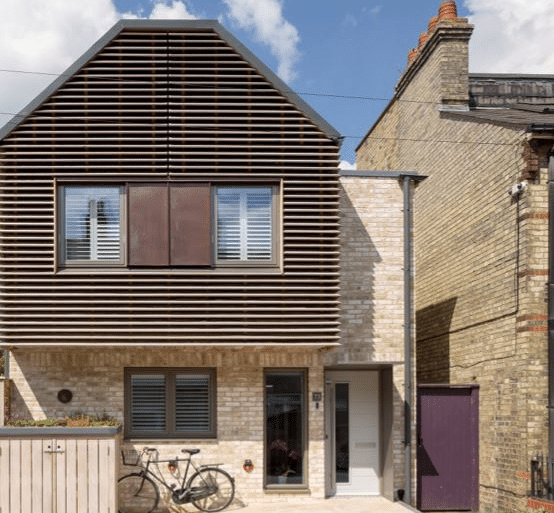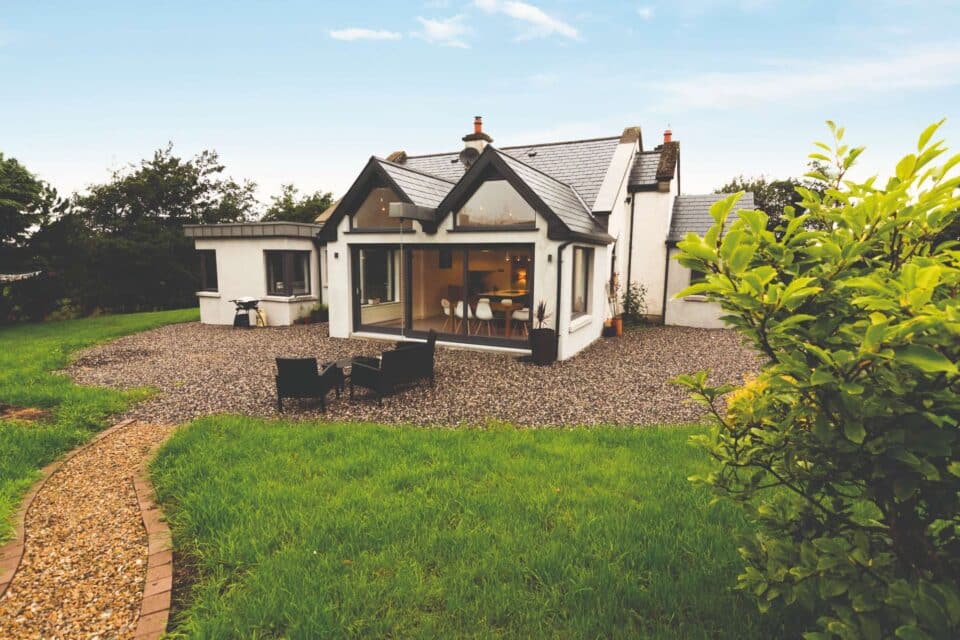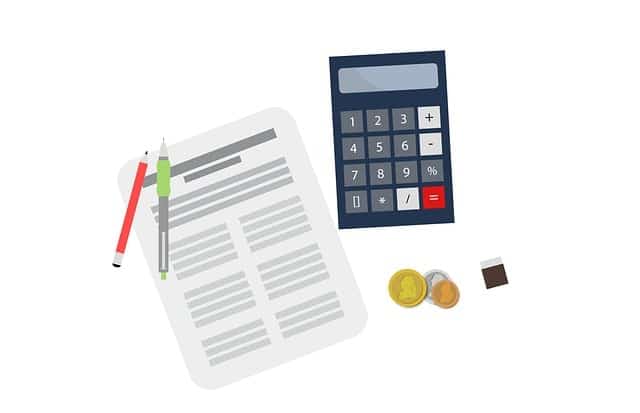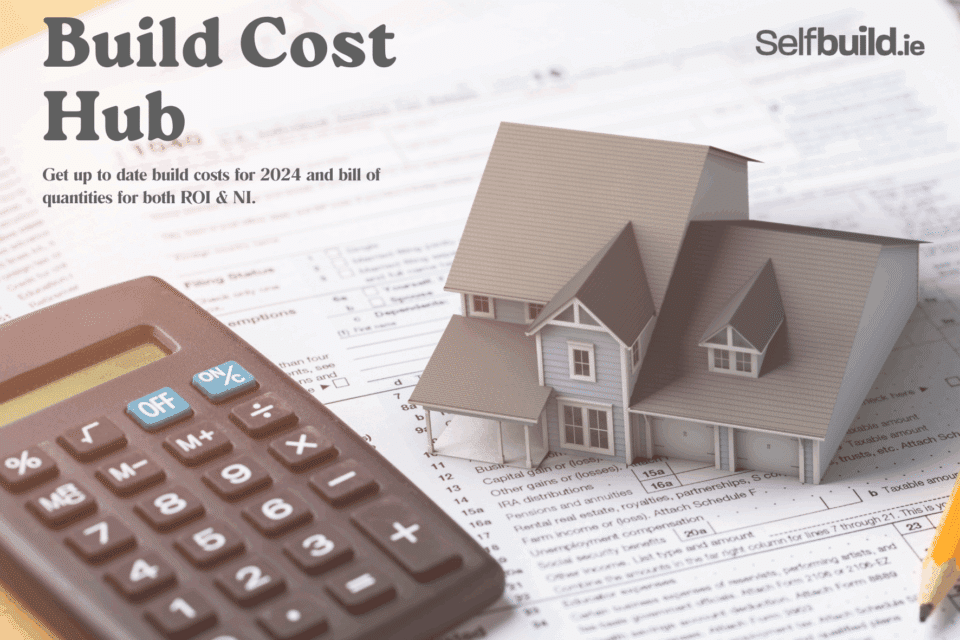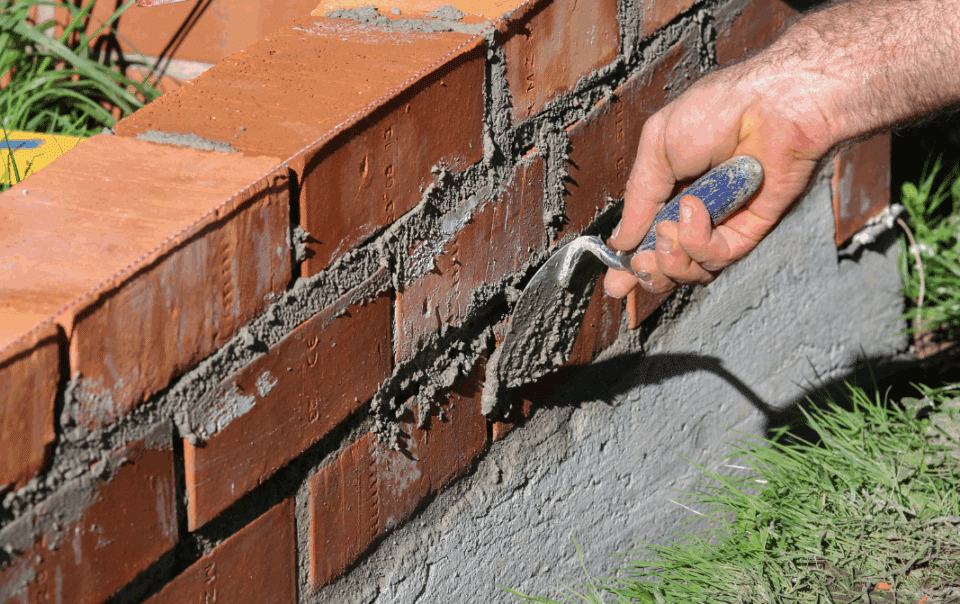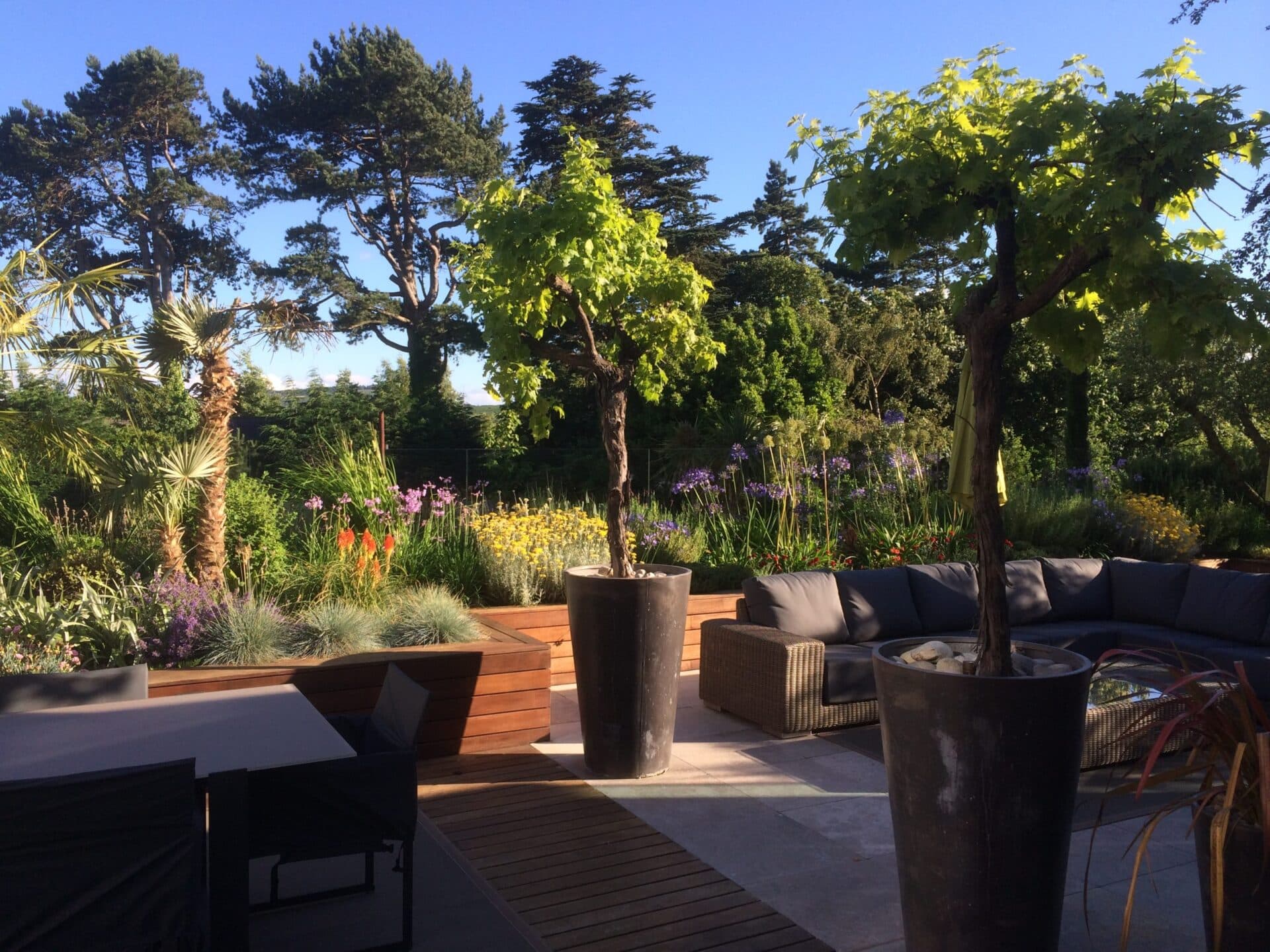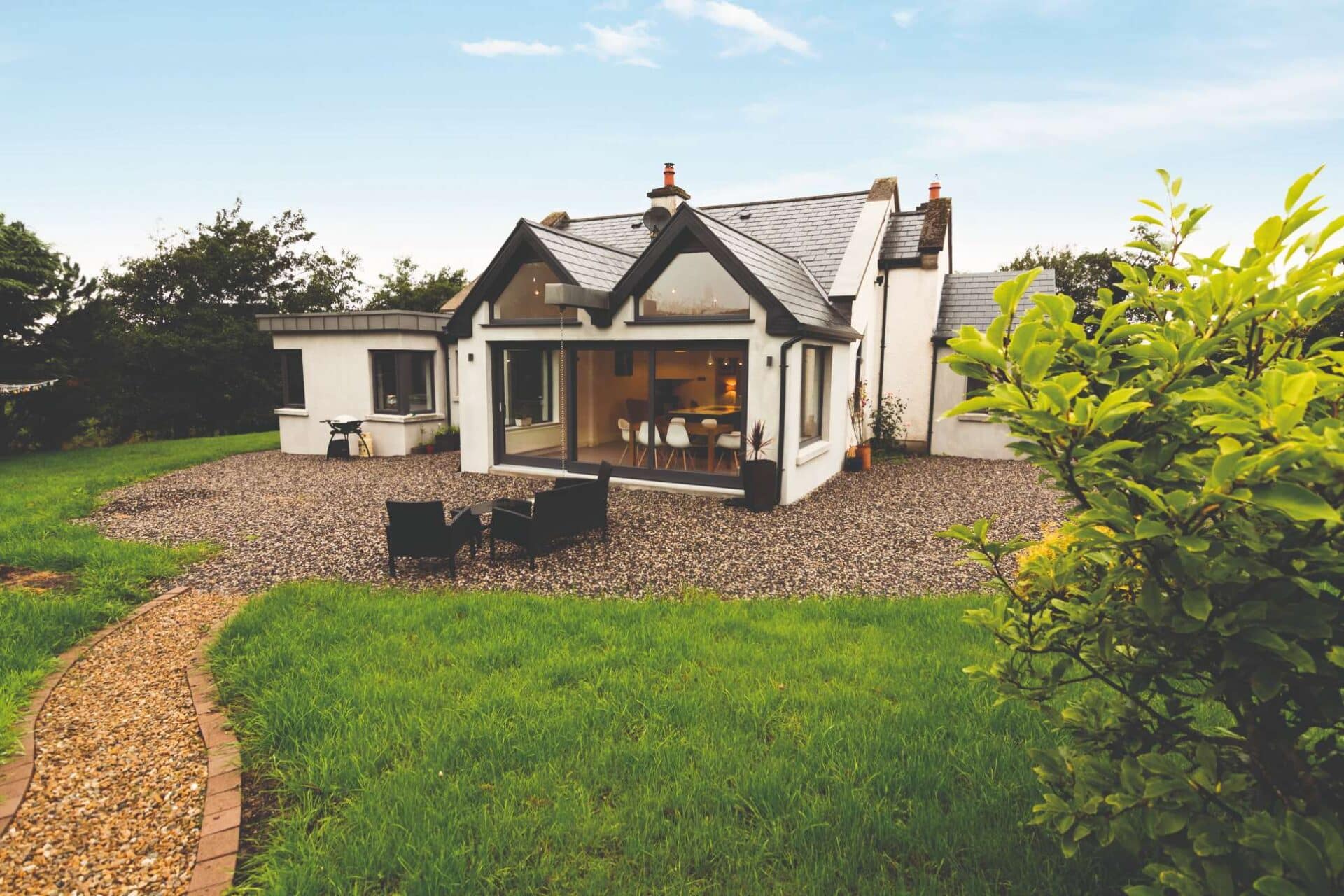In this article we cover:
- Chart of how you will spend your money on a self-build project
- How self-building has changed in NI and the rest of the UK over two decades
- What it means to self-build today
- Basics of what it takes to successfully self-build today
- Top tip to get started with your own project
The Housebuilder’s Bible is celebrating its 25th anniversary, a good time to reflect on the evolution of self-building over the decades in NI and the rest of the UK.
The first edition of the Housebuilder’s Bible came out in December 1994 and the ‘project’ (for that is what it is) has since sold over 175,000 copies, the equivalent of one every 75 minutes.
During this period, self-build as an activity has changed. Many years ago, back in the 1970s and 1980s, self-build had a decidedly alternative flavour to it. In the UK it usually came under the guise of a number of individuals or families pooling their labour to build homes for themselves in a little estate.

Today the mainstream self-build market consists of people acting as what the Americans call paper contractors – do-it-yourself property developers, a group that tends to be fairly well-off building high spec houses to live in with little physical involvement in the construction process. Some estimates reckon over a third of all detached housing in the UK is now self-built.
From the self-builder’s point of view, perhaps the most salient change is that the process of house building has become far better known.
There is so much more knowledge out there now available to the non-professional. Not to mention the coming of the internet, which barely existed in 1994. Alas, today the internet can be a lonely place and there are many questions that it doesn’t answer terribly well. Sales patter….it’s full of it. Opinions….everywhere.
But a simple question, like how best to build a house, really isn’t addressed at all. I hope Edition 13 can shed some light on this. Whereas in 1994, my aim was simply to be a conduit for lots of useful information, today it’s become a little more nuanced. Now it’s more about trying to make sense of the overload of information out there.
I myself started off as a self-builder and went on to become a ‘professional’ in that people paid me for my labours, often working alongside other self-builders.
It’ll come as no surprise when I report that the hours are long, the work is backbreaking and the pay is often crap. The pay rates usually follow the economic cycle, so that in boom times they can go sky high, whereas in busts they fall pretty quickly.
And all in all, the basic design, management and build principles remain the same: good design, a reasoned choice of how to project manage the build, then building the house from the foundations up, making choices on heating, plumbing and electrics, choosing finishes and being savvy about how you shop.
I will leave you with an extract of what lucky number 13 has to offer, from the Pitfalls chapter:
Whilst not skimping on the basics, don’t be obsessed with fitting all the latest gear. Don’t be greedy about size – most self-builders build too much house for what they actually need, and often it gets wasted in needless circulation space. Which is a fancy way of saying don’t skimp on good design. It may seem that design costs a lot, but if get you a better house for less footprint it’s actually a bargain.

Housebuilder’s Bible, 13th edition, Ovolo Books, paperback, 344 pages, ISBN 9781916016804, £25

